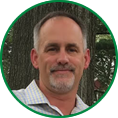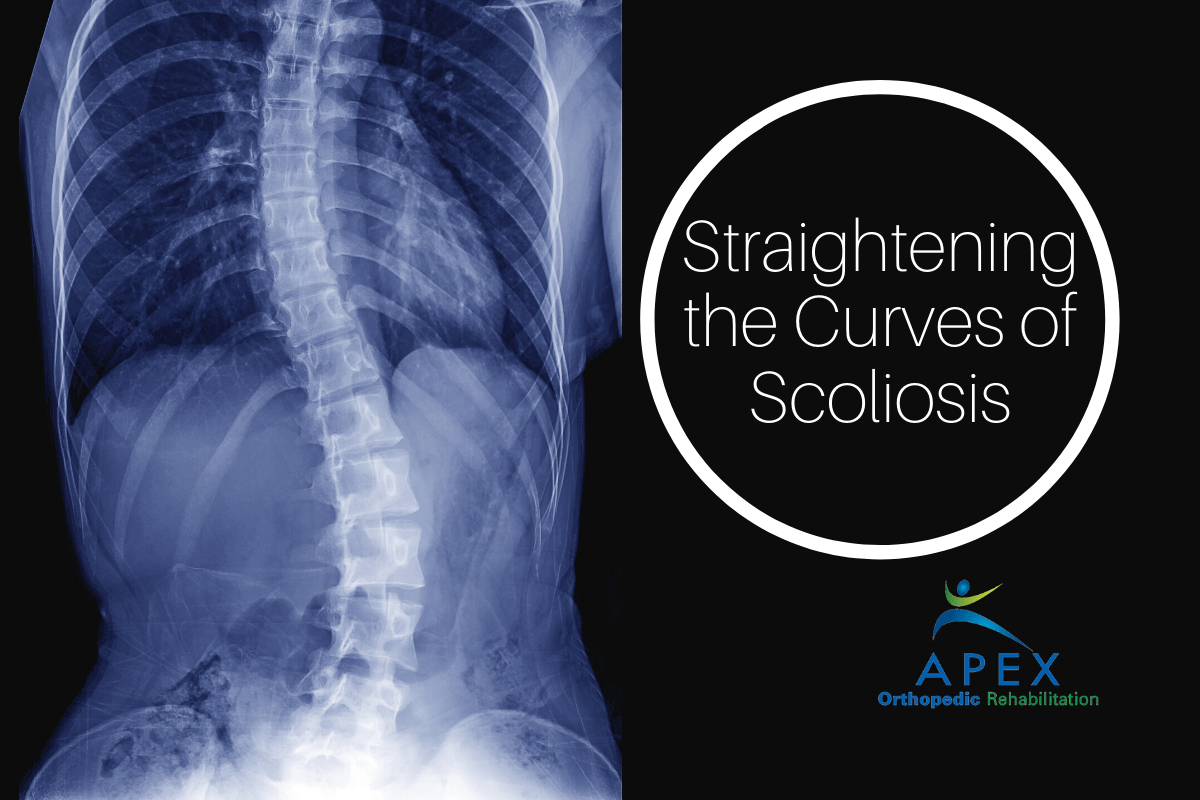Scoliosis is a condition in which the spine is curved toward either the right or left side. Thus, the upper back seems to be rounded, the lower back appears to curve inward (swayback), and one shoulder and/or hip looks higher than the other.
While most cases among both genders are mild and require no treatment, girls are more likely to progress significantly without treatment.
For a diagnosis of scoliosis to be made, a curve must measure 11º or more; a curve less than that is labeled spinal asymmetry and is unlikely to get much worse, although a pediatrician or an orthopedic surgeon can monitor it with visual inspections and x-rays to be sure it does not move in that direction.
The following procedures are commonly used to treat scoliosis:
- A brace is the most common treatment for children who have scoliosis spine curvatures of 25º to 40º and who have not finished growing. The brace will not correct the curvature, but it will keep it from worsening.
- Surgery is an option for more severe cases, in which the curves are 40º to 50º or more.
- Spinal fusion, which joins vertebrae permanently, is effective but is not used for children whose bones are not fully grown because growth will no longer be possible in the fused area. Thus, fusion is often performed for older adolescents.
- Metal implants and bone grafts are utilized to straighten the curve, although a zero-degree curvature is not possible.
While physical therapy alone cannot cure scoliosis, exercise helps maintain good muscle tone and a healthier heart and lungs, and it may reduce discomfort. We will be glad to work with your physician to design an exercise program to augment the benefits of a brace or surgery in the treatment of this condition.
Personalized Physical Therapy Services in Wyckoff and Ridgewood NJVoted the Most Attentive Orthopedic Physical Therapists in Bergen County
Results-Oriented Back Pain, Neck Pain, Knee Pain Treatment and Solutions
Affordable and Personalized Physical Therapy Clinic serving Wyckoff and Ridgewood NJ



